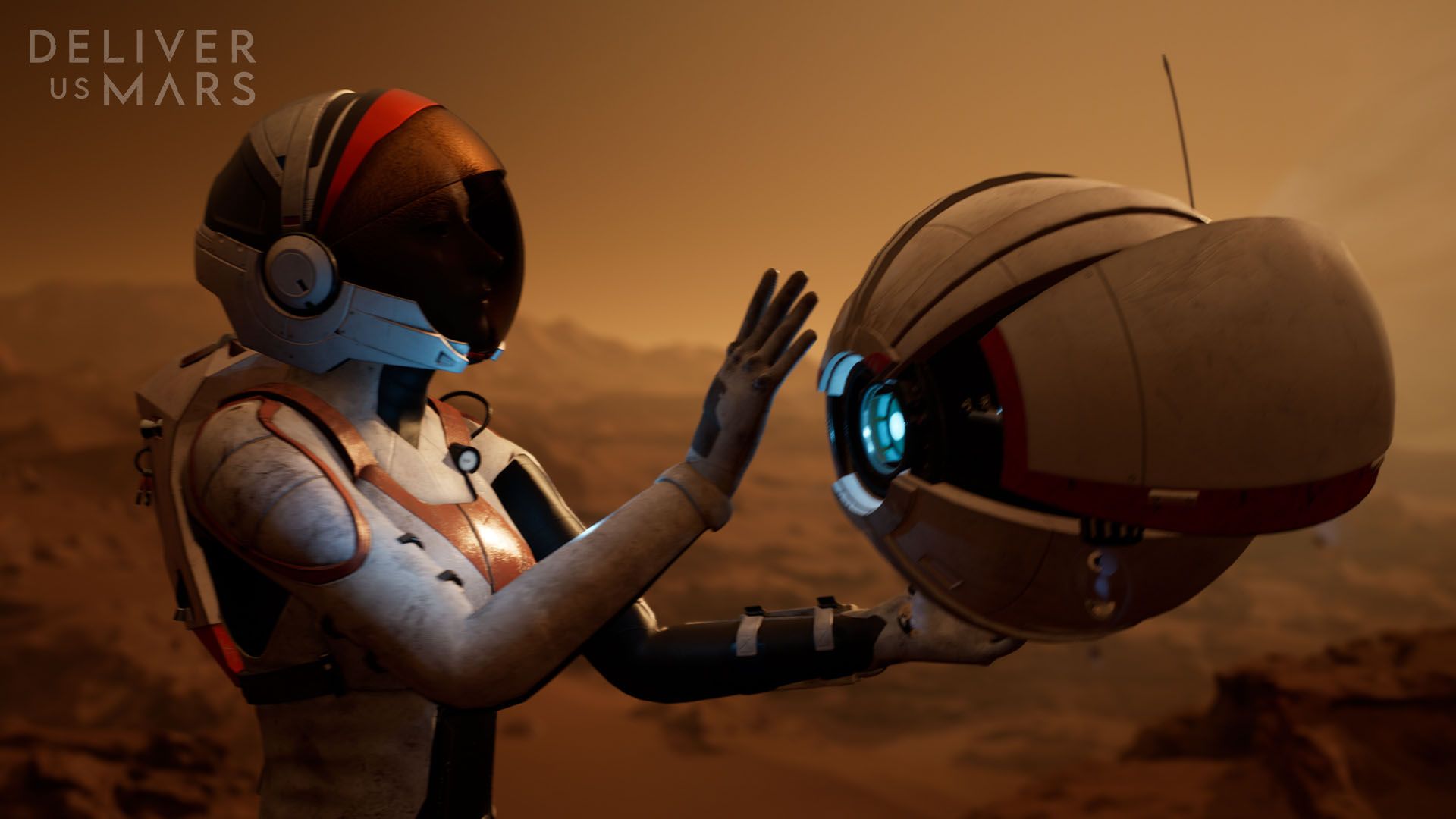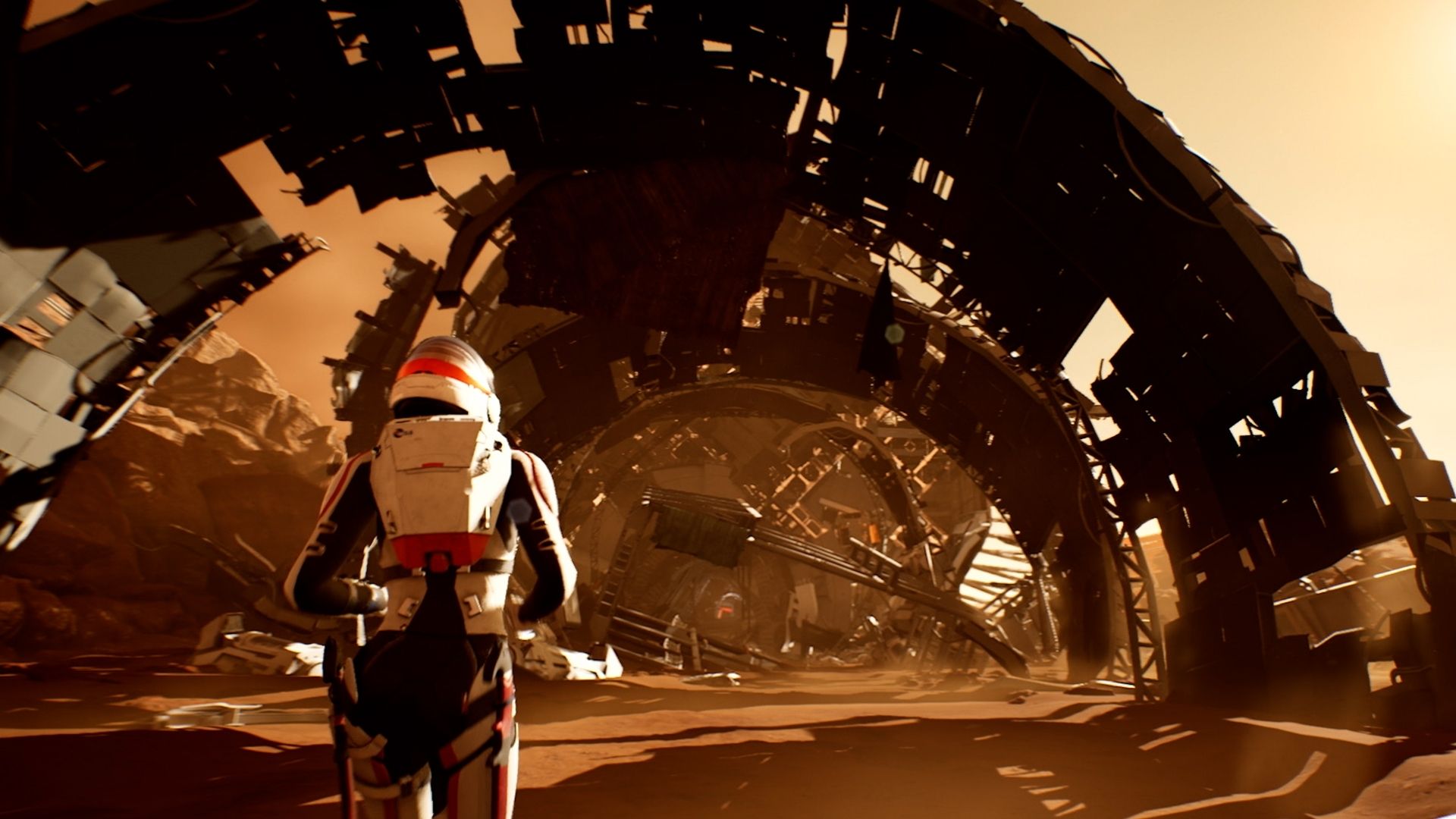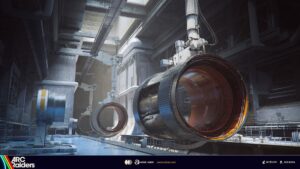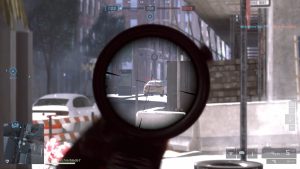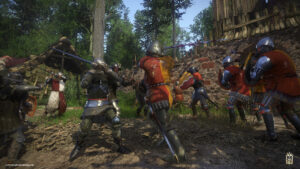
KeokeN Interactive’s sci-fi adventure game Deliver Us the Moon has amassed quite a fanbase over the years, and with the developer promising significant improvements with its sequel for everything from storytelling to gameplay, it’s no surprise that Deliver Us Mars has turned many heads as well. Due out for PC, PlayStation, and Xbox in February, the sequel has looked promising in its showings so far, and to learn more about its biggest improvements and changes, we recently reached out to its developer with some of our questions. Below, you can read our interview with narrative director Raynor Arkenbout.
"With Deliver Us Mars, we did want more options in our storytelling, so we leaned less on limitations and set our sights further. This time, creating a more fleshed out protagonist and surrounding her with characters who join her on the same mission lets us tell a more active story with our cast."
Deliver Us the Moon had quite an eventful development cycle, and it saw some significant improvements after launch to make it the game it is right now. What lessons have you taken from its development into its sequel’s production?
Deliver Us the Moon was the first game we released as a studio, so that was definitely a big learning experience in general. The biggest take away from that for us as a studio was that if we wanted to up our game (pun intended!) for the next project, we’d need to work smarter and prepare even more during our pre-production phase. This way we could both up our quality and realise our ambitions to make something even bigger and more impressive with Deliver Us Mars. By carefully planning, scheduling and scoping our project as best as we could beforehand, we really got to go farther with our creative goals than before!
By its very nature, Deliver Us the Moon felt like a very isolated, zoomed in experience. Have you built Deliver Us Mars to be similar in that respect, especially where its storytelling and cast of characters are concerned, or should fans expect a story with a wider and more urgent scale?
In DUTM we told the story with spectres of the past, and that story was set in a timeframe that had already passed by the time our main character showed up. So we had a protagonist that wasn’t actively taking part in that story – they were only there to bear witness to these events through watching these ‘ghost video tape’-style flashbacks. In that sense, DUTM is a perfect example of where the limitations of a project were turned into strengths: that isolation and loneliness were a key part of the narrative experience.
With Deliver Us Mars, we did want more options in our storytelling, so we leaned less on limitations and set our sights further. This time, creating a more fleshed out protagonist and surrounding her with characters who join her on the same mission lets us tell a more active story with our cast than we could with DUTM. And that definitely translates to a more urgent-feeling narrative that directly and emotionally impacts our characters – and you, as a player, will be present at those moments of impact throughout the game.
What is fun, though, is that from our previous limitations in DUTM, we worked out a way of unravelling a mystery in the past that always stays interesting in the present. It’s a type of storytelling you find in a lot of adventure games, where the past’s mystery is uncovered through discovery and exploration. So we absolutely kept the holograms and flashback storyline in Deliver Us Mars – by watching them, you learn about what happened to the organisation Outward when they landed on Mars and began colonising it years earlier. So basically, we are doing two storylines this time: one in the past and one in the present. And even more interestingly, these two storylines also impact one another!
What’s the biggest impact that the change of setting from the moon to Mars will have on the experience?
Obviously there will be a visual difference – that’s the most significant change. We pushed hard on that side of things and gave our game real environmental diversity by visiting more biomes this time: the red sands of Mars, an icy valley, an abandoned space station – plus there are sections set on Earth, and a few surprises we’re keeping for launch. This time we got to play way more with lighting and using the sun cycle to help set the atmosphere of each chapter in the story – we made the most of these techniques, for sure!
"The first thing we wanted to do with our game mechanics – and especially our puzzles – was to make them more systemic. We wanted to create gameplay types that our players could learn and then master across the course of the game."
What can you tell us about Kathy, what sort of a protagonist she is going to be, and how her own personal story ties into the larger stakes?
Kathy is a talented and intelligent astronaut-in-training. She’s somewhat adolescent in her outlook when we meet her at the start of this game, lacking some life experience. This translates to some misunderstanding of the world, a slight lack of empathy, and a tiny bit of recklessness. Her journey is very much fuelled by a personal need to find her father, which ties in with the grander mission of Deliver Us Mars, which is to locate the organisation Outward on the Red Planet where the ARKs are kept. She dearly misses him, and wants to believe he’s still alive years after he abandoned her to join Outward.
Kathy has this very basic yearning for family, then, which sometimes conflicts with the mission. In that way, Kathy stays very relatable throughout the game: she’s torn by her personal need to reconcile her relationship with her father, while trying to remain rational about completing the mission at hand.
Can you tell us about how Deliver Us Mars evolves its puzzle design as compared to its predecessor?
The first thing we wanted to do with our game mechanics – and especially our puzzles – was to make them more systemic. We wanted to create gameplay types that our players could learn and then master across the course of the game. So for example, one of the main puzzle types in the game involves you moving STREAME beams around a room, which are controlled using turrets that direct a power source to the location you’re pointing at. You use them to power up an object, obstacle or door – but the numerical values of the STREAME beams have to match the object you’re trying to activate, or it won’t work.
The first one is pretty simple to figure out, but very soon, we mix it up by throwing in new variables and tools – you end up with rooms full of these crisscrossing beams, dampeners and splitters as you try to figure out the solution, and match the power values up perfectly.
This is where the game contrasts to DUTM, in creating a skill curve. By making it this more modular mechanic, it meant we could make more puzzles generally and create a logic language for players to grasp as we keep challenging them across the game.
It seems like Deliver Us Mars is also making some notable changes to its traversal mechanics, particularly with the introduction of the pickaxes. How much of an impact has this had on the gameplay?
The pickaxe and climbing gameplay really takes centerstage in Deliver Us Mars, so that has massively changed our approach to level design. And by ‘changed’, I do mean ‘improved’. It really increases the tension for the player as traversal and platforming become more difficult across the game, requiring more skill and attention this time around. You also get these levels with a real sense of verticality to them: that’s something we can pull off when we have a main character who’s able to scale down a cliff using her climbing axes in a matter of seconds.
"The pickaxe and climbing gameplay really takes centerstage in Deliver Us Mars, so that has massively changed our approach to level design. And by ‘changed’, I do mean ‘improved’."
You’ve gone the extra mile for Deliver Us Mars’ cutscenes with full motion capture. How significantly has this improved the game’s storytelling?
We’ve actually gone a bit further than mo-cap for Deliver Us Mars. We actually did performance capture, which means that we simultaneously recorded our actors’ voiceover and facial performance as we captured their performance. This gives the scenes so much life that you will really see shining through in the cinematics. Because the actors got to play the scenes and really got to embody their characters during the shoot, they could bring a certain realness and authenticity to the performances. I think that’s such a step up for our dramatic scenes.
Roughly how long will an average playthrough of Deliver Us Mars be?
We’re not revealing specifics on length right now, just because we think it’ll vary between players. With DUTM, we had a lot of comments that asked us to make a longer game next time. And we wanted to do that too. It’s significantly longer!
Do you have any plans to eventually bring the game to the Nintendo Switch?
We have no plans to share beyond the announced formats for launch on February 2nd.








